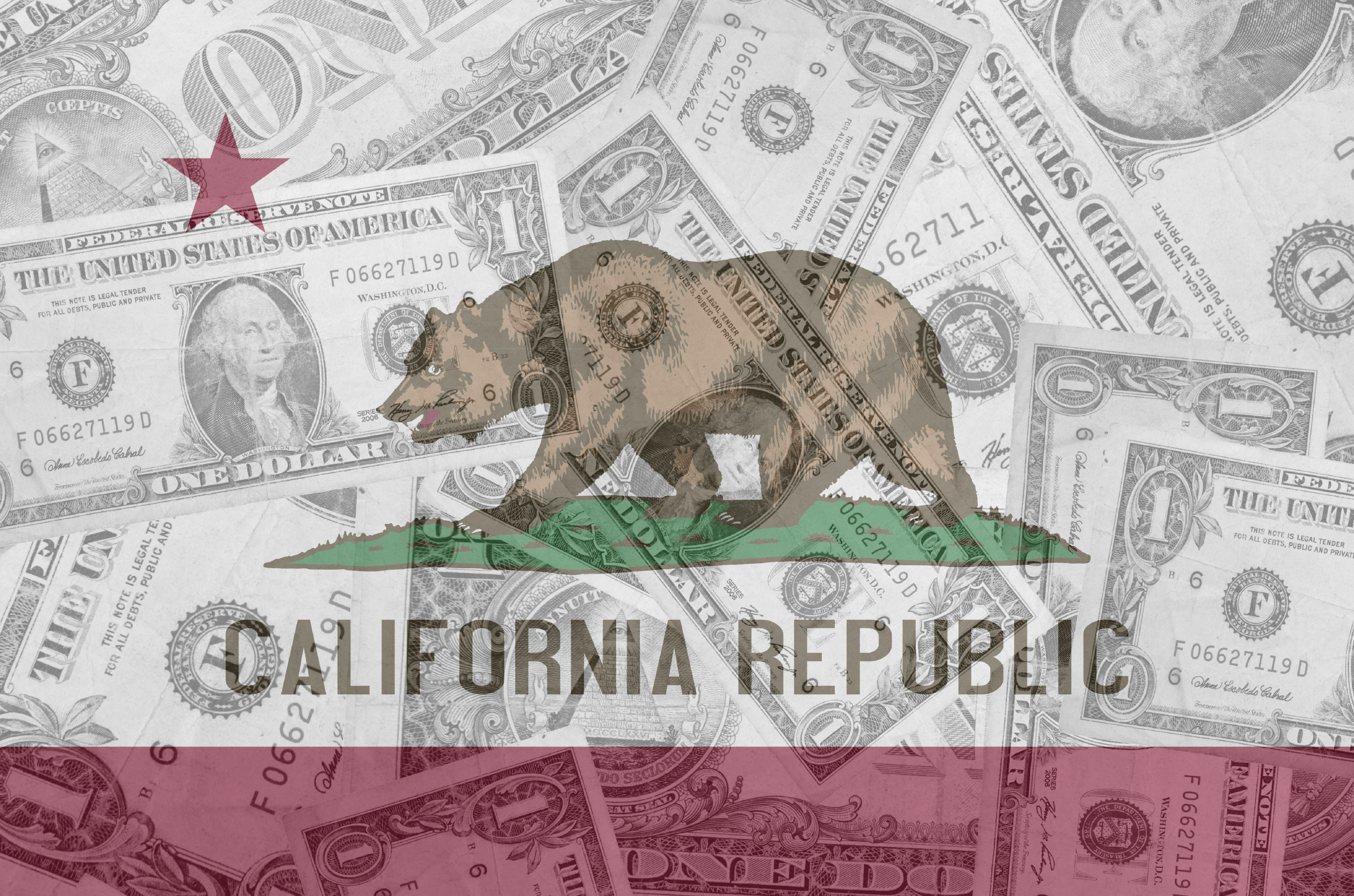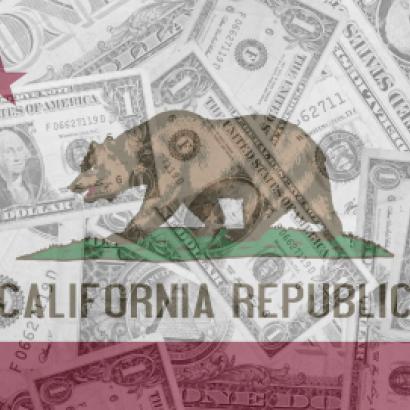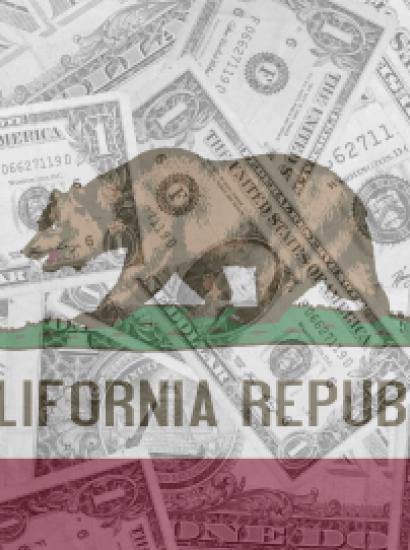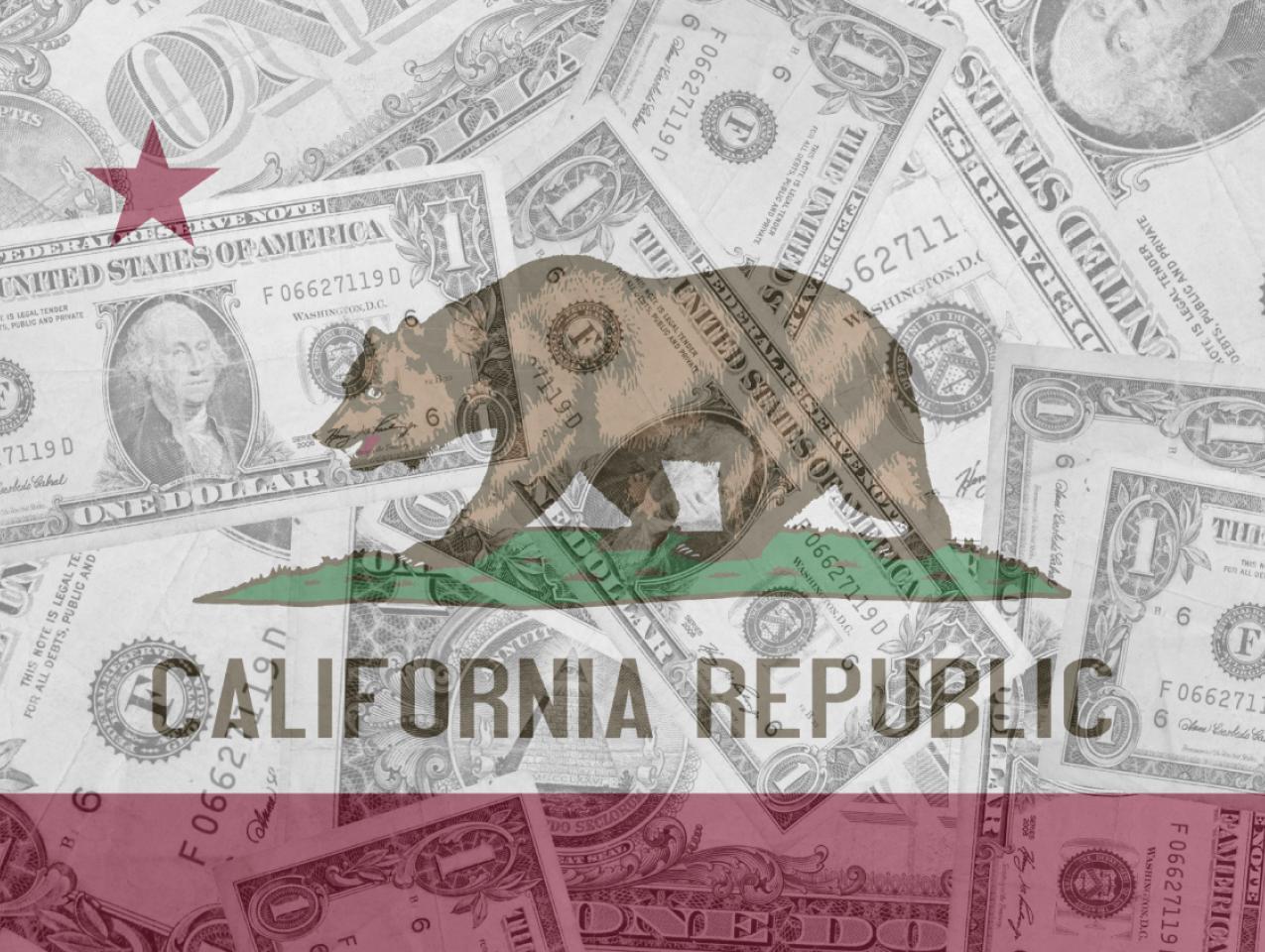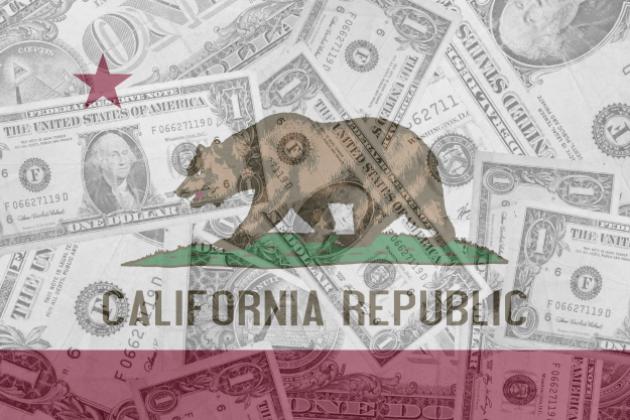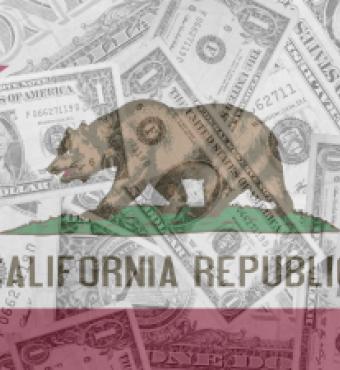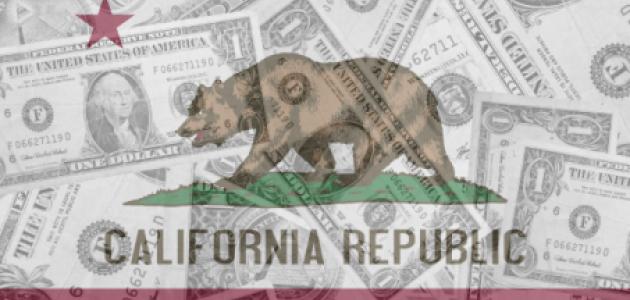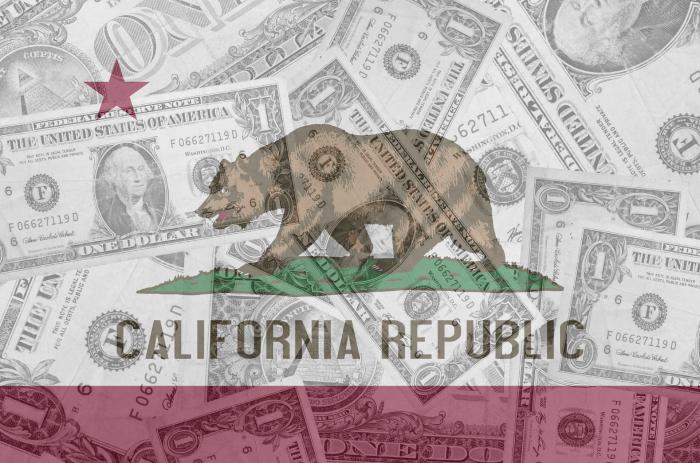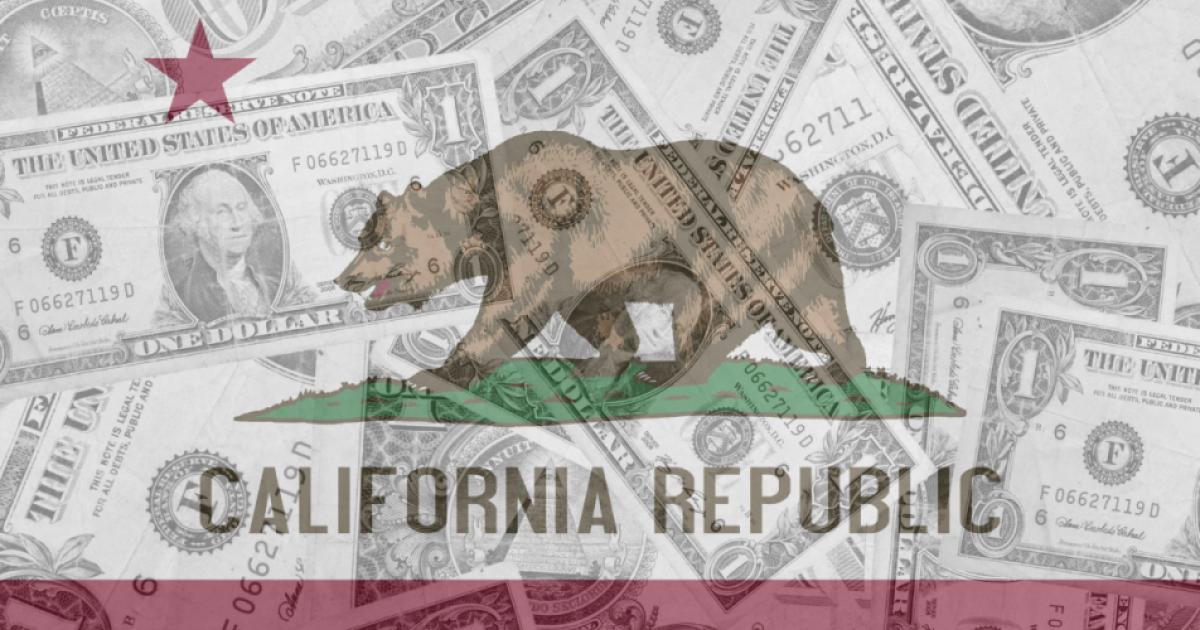- State & Local
- California
- Empowering State and Local Governance
In recent years, the instability of California’s tax structure has been on full display. Last May, Governor Gavin Newsom was thrilled to announce that the state had an unprecedented $97.5 billion budget surplus. Fast-forward just eight months to the Governor’s January 2023-24 Budget Proposal, and the picture is not so bright. In the face of national economic uncertainty, the Governor’s Office now estimates that General Fund revenues will be $29.5 billion less than previous projections, creating a $22.5 billion deficit for the upcoming fiscal year. The nonpartisan Legislative Analyst’s Office (LAO) is even more pessimistic, initially forecasting a total $31 billion budget gap due to smaller revenue projections, which the LAO attributes to interest rate increases by the Federal Reserve slowing the economy. A recession, the LAO warns, could cause an even larger deficit, with revenues potentially falling by $30 to $50 billion.
In a new report, we show that this budget volatility is not particularly surprising in a state whose tax structure relies so heavily on unstable sources like personal income tax and tax on capital gains realizations. From fiscal year 2003-04 to fiscal year 2020-21, personal income tax as a share of total tax revenues in the state grew from 44.6% to 59.7% in real terms. At the same time, an increasingly large portion of income tax revenues has come from the top income tax bracket, and particularly the wealthiest individuals within the bracket. As of 2019, just 8,235 resident households earning over $5 million annually paid nearly one-fifth of all income taxes in the state. The state’s reliance on such a small number of taxpayers is particularly concerning considering research shows that high income individuals are extremely responsive to tax policy changes, often relocating to more tax-friendly states or limiting their exposure to high tax rates in the state by shifting their economic activity. Evidence shows that firms, both pass-through entities and corporations, respond to tax rate increases in this way too.
Another layer of instability comes from the fact that a significant portion of taxable income in the state is derived from notoriously volatile capital gains realizations. Our analysis shows that the share of taxable income that is capital gains tracks closely with the business cycle, rising in boom years and falling during busts. In fact, the annual change in taxable income in California is significantly related to year-over-year growth of the S&P 500 Total Returns Index, which reflects overall returns received by owners of large capitalization stocks in the US equities market. We model this relationship to show that a recession involving a decline in real US GDP by 1% and a 20% decline in the stock market implies a 14% decrease in income tax liabilities in the state, with revenues declining at approximately the same rate.
With looming economic uncertainty and possibly more interest rate increases on the way, it is likely that US GDP and stock markets could decline in coming months, producing even smaller revenues for California and increasing the budget deficit. In the deficit context and beyond, it is crucial that the state sets itself on the right course for fiscal health. The state’s reliance on a small group of taxpayers, erratic market conditions, and fickle firms is unsustainable. Now is the time for California legislators to focus on preserving the tax base, stabilizing revenues, and increasing spending transparency.







